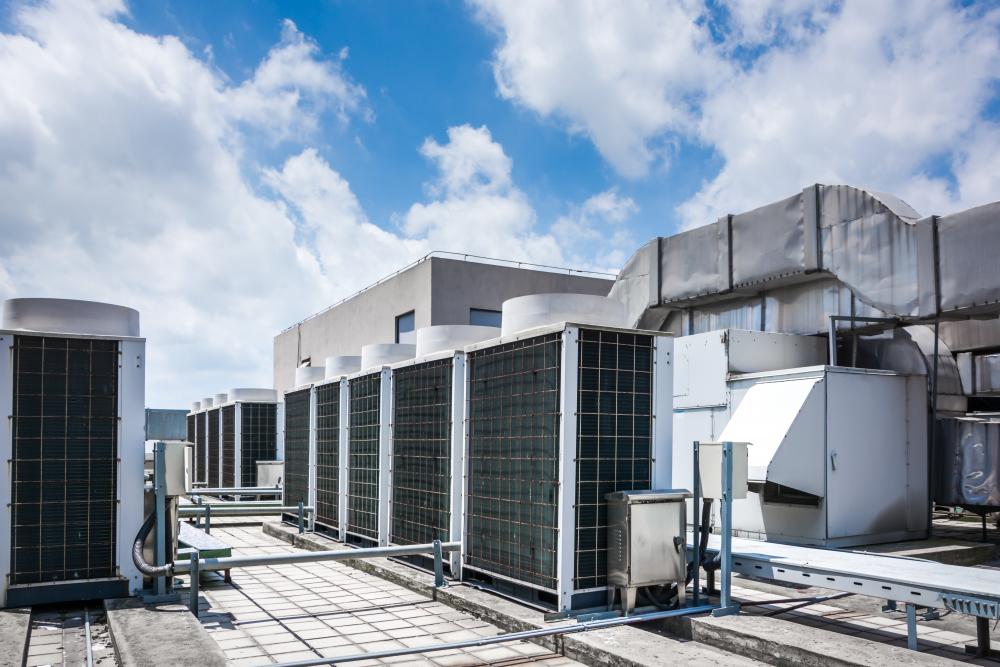This article is a part of Climate Action at Penn State, a blog highlighting climate solutions, research, and other efforts at Penn State.
I am investigating new energy-efficient building design and operating strategies that can save significant amounts of energy compared with conventional approaches.
Much of my work is concerned with indoor environmental quality, or IEQ. Air quality in many buildings is inadequate, resulting in health and productivity consequences for occupants. On the other hand, more than half of the energy used by buildings is for the purpose of controlling the indoor environment -- heating and cooling, ventilation, lighting -- so more efficient ways of controlling air contaminants are needed.

Ventilation is the primary means for controlling airborne contaminant levels in buildings by diluting them with outdoor air. That air must be heated or cooled, humidified or dehumidified to indoor conditions, which can require a lot of energy. Air cleaners remove, decompose, or, in the case of microorganisms, inactivate air contaminants. There is great interest today in defining which contaminants must be measured and identifying ways of controlling them that offset ventilation and reduce energy use.
Among the air quality technologies I study is the use of ultraviolet light to inactivate airborne microorganisms that can cause infectious diseases and to control the growth of microbial slime on heat exchangers that cool and dehumidify air in buildings to improve their performance and save energy.
The results of this research have direct applications to building design and operation to provide high quality indoor environments, including:
- Control of infectious diseases in healthcare facilities where drug-resistant infections are a growing problem while reducing the need for ventilation.
- Low-energy and low-cost control of disease outbreaks in schools, offices, and public buildings.
I also conduct applied research on the design of more efficient chilled water plants used in large central cooling systems through improved controls and the use of thermal energy storage to reduce energy use and increase the utilization of renewable energy.


